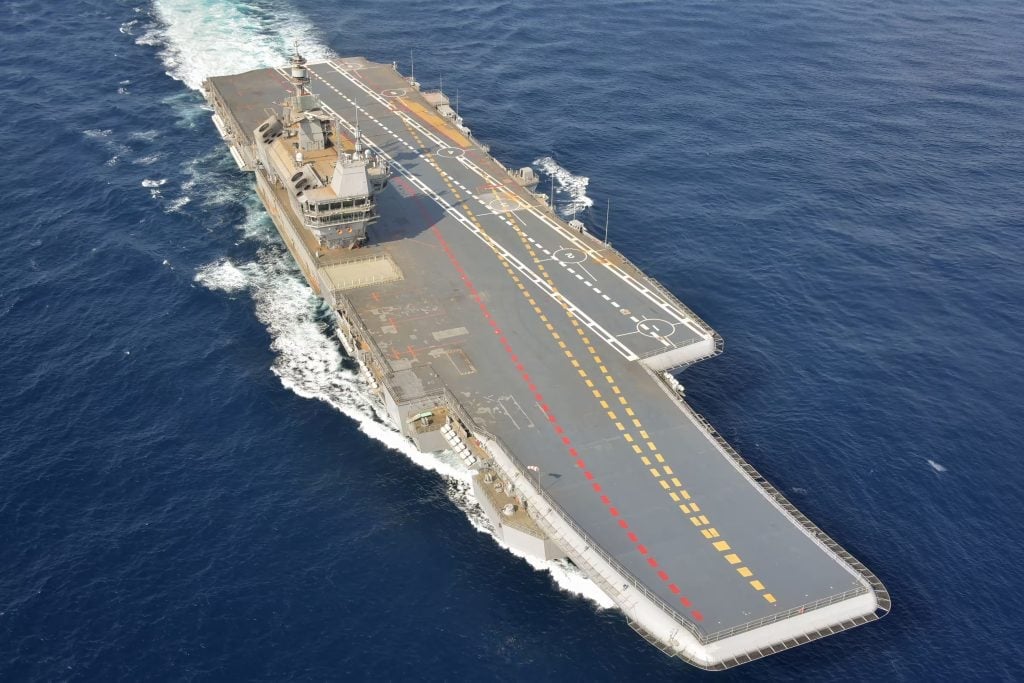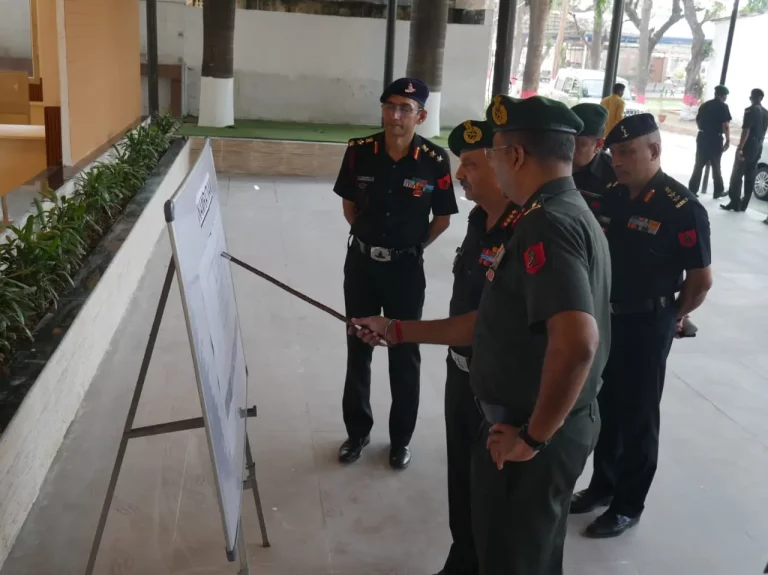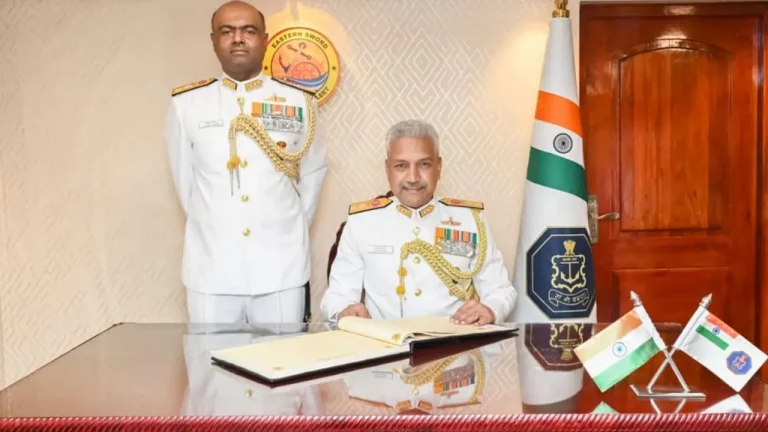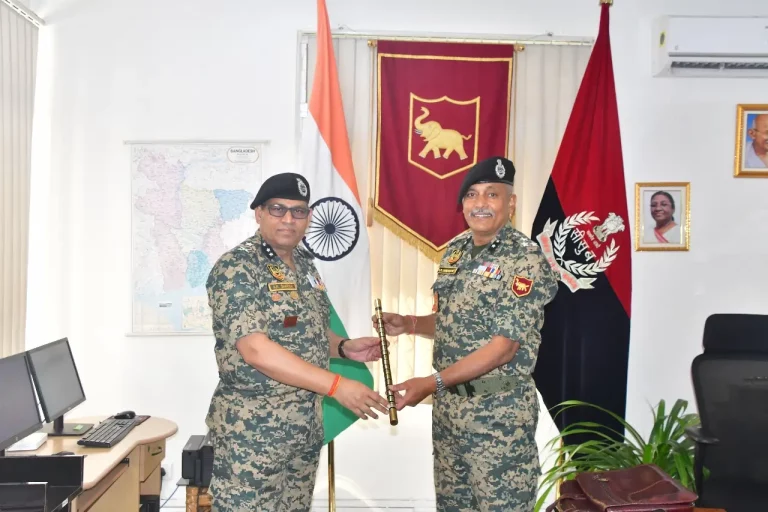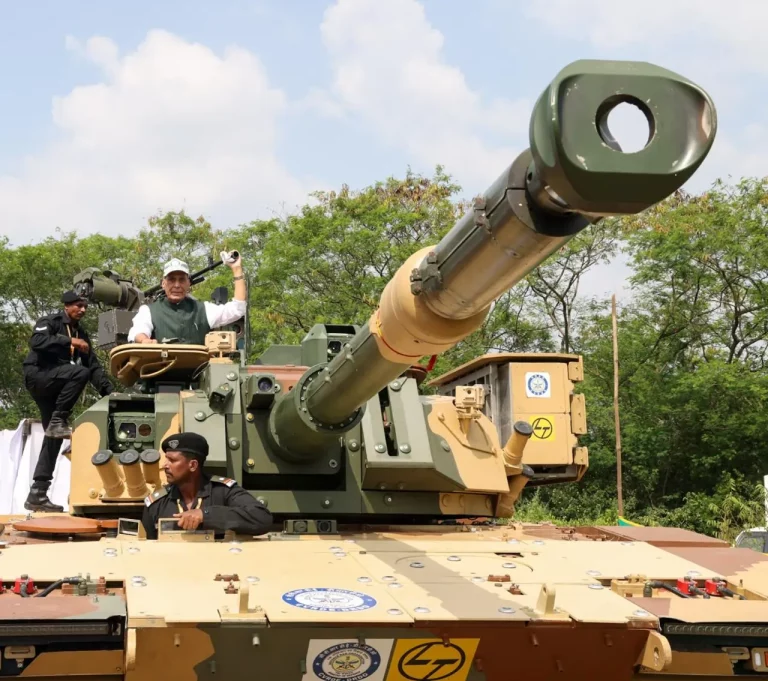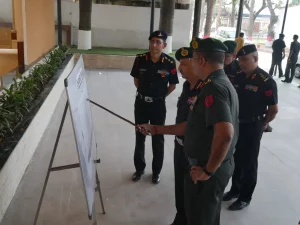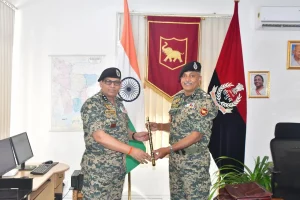During Operation Sindoor, the Indian Navy was positioned for a potential major offensive aimed at Pakistan, having assigned target packages and prepared launch-ready platforms. Multiple naval units, including submarines and surface ships, had received clearance to target not only Pakistan Navy assets but also significant land-based installations using advanced weaponry such as BrahMos and Klub-class cruise missiles. However, sources indicate that despite being ready to act, the final go-ahead for the operation was never given.
The backdrop of this military readiness followed the tragic terror attack on April 22 in Pahalgam, Jammu & Kashmir, which claimed the lives of 26 civilians. Operation Sindoor unfolded as India’s intended retaliatory campaign between May 6 and 7, 2025, targeting nine terrorist installations across Pakistan through precise air and missile strikes.
Sources within the defense sector revealed that Indian Navy submarines and warships were strategically stationed for optimal strike capability. High-value targets included Pakistani naval vessels located in Karachi and various installations along the coastline. Additionally, the Navy had stationed land-based platforms equipped with long-range, precision-guided munitions, although the exact systems used in this context remain undisclosed.
During the tense standoff, the Pakistan Navy confined its fleet, which consisted of frigates and corvettes, to harbor facilities. This posture was likely a response to the overwhelming maritime superiority demonstrated by India—most notably led by the INS Vikrant carrier battle group.
The task force, commanded by the Vikrant, maintained a strong presence in the North Arabian Sea while ensuring complete air superiority over Pakistan’s southern coastline. MiG-29K fighter jets from the carrier asserted this dominance by intercepting and forcing a Pakistani Navy RAS-72 Sea Eagle maritime patrol aircraft to retreat when it attempted to conduct surveillance following the cessation of hostilities.
In a noteworthy close encounter, a MiG-29K reportedly approached within a few hundred meters of the Pakistani aircraft, illustrating India’s preparedness and assertive military posturing.
Though a comprehensive naval strike was ultimately avoided, military analysts believe that the Navy’s state of readiness and deterrent posture played an essential role in managing escalation in the region and demonstrating India’s maritime prowess. This incident underscores the growing importance of naval capabilities in joint-force operations and broader strategic planning concerning national security.
Operation Sindoor is viewed as a pivotal moment in India’s counter-terrorism strategy, indicating a readiness to conduct coordinated actions across multiple services while broadening the scope of operations to enhance national defenses.
